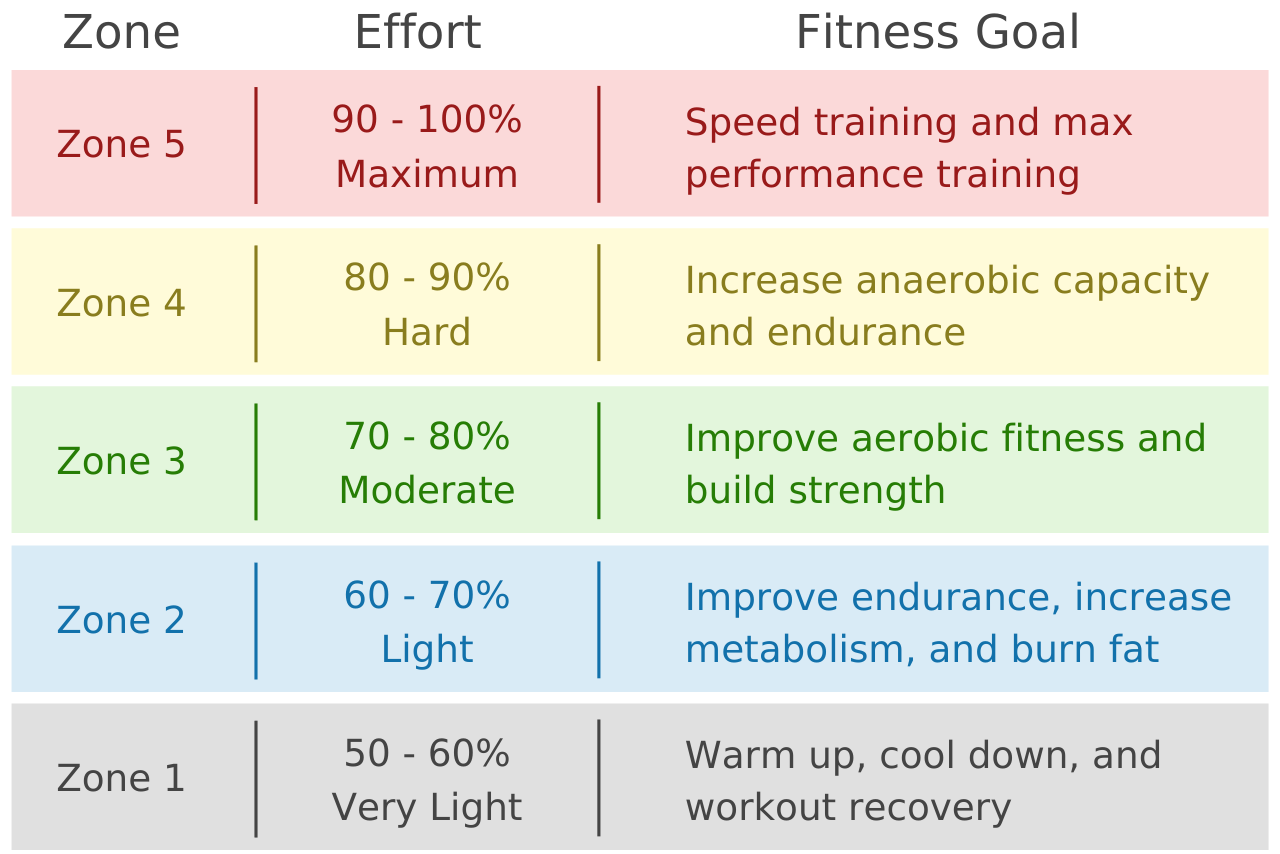
Zone 2 Heart Rate Calculator: Unlocking the Power of Aerobic Training
When it comes to optimizing your cardiovascular fitness and endurance, understanding your heart rate zones Calculator is essential. Zone 2, in particular, plays a vital role in aerobic training, helping you improve your overall fitness, build endurance, and burn fat. In this comprehensive guide, we will explore the significance of Zone 2, how to calculate your Zone 2 heart rate, and how to make the most of this training zone in your fitness journey.
Understanding Heart Rate Zones
Heart rate zones Calculator are a set of different heart rate ranges that correspond to various levels of exercise intensity. These zones help individuals tailor their workouts to achieve specific fitness goals. The five traditional heart rate zones are:
- Zone 1 – Very Light (50-60% of Maximum Heart Rate): This is a comfortable, low-intensity zone, ideal for warm-up or cool-down exercises.
- Zone 2 – Light (60-70% of Maximum Heart Rate): This is the aerobic or fat-burning zone, often associated with endurance training.
- Zone 3 – Moderate (70-80% of Maximum Heart Rate): In this zone, you’re working at a moderate intensity, which is great for improving aerobic capacity.
- Zone 4 – Hard (80-90% of Maximum Heart Rate): This zone is where you start working on anaerobic fitness, building speed and power.
- Zone 5 – Maximum (90-100% of Maximum Heart Rate): This is the high-intensity zone, suitable for sprinting and pushing your limits.
Zone 2: The Aerobic Training Sweet Spot
Zone 2, also known as the aerobic training zone, is where the magic happens for many endurance athletes and fitness enthusiasts. Training in Zone 2 offers a multitude of benefits, making it a crucial part of your overall fitness routine. Some key advantages of Zone 2 training include:
- Improved Aerobic Capacity: Zone 2 training enhances your body’s ability to utilize oxygen efficiently, leading to improved cardiovascular fitness.
- Fat Burning: Exercising in this zone primarily utilizes fat as a source of energy, making it an effective fat-burning zone. This is particularly attractive for those looking to shed extra pounds.
- Endurance Building: Consistent Zone 2 training helps build your endurance, allowing you to exercise for longer durations without exhaustion.
- Enhanced Recovery: Training in Zone 2 promotes quicker recovery between high-intensity workouts, as it helps remove lactic acid and metabolic waste products from your muscles.
- Heart Health: This zone contributes to better heart health by reducing the risk of cardiovascular diseases and improving heart function.
Calculating Your Zone 2 Heart Rate
To make the most of your Zone 2 training, you need to determine your individual heart rate for this zone. There are a few methods to Calculator your Zone 2 heart rate:
1. Maximum Heart Rate (MHR) Method:
- Subtract your age from 220 to find your estimated maximum heart rate.
- Calculate 60-70% of your MHR to find the range for your Zone 2 heart rate.
2. Karvonen Formula:
The Karvonen formula takes into account your resting heart rate, making it a more precise Calculator. Here’s how to use it:
- Determine your resting heart rate (RHR) by measuring your pulse in the morning before getting out of bed. This is your lowest heart rate.
- Calculate your heart rate reserve (HRR) by subtracting your RHR from your MHR:HRR = MHR – RHR
- Calculate 60-70% of your HRR to find your Zone 2 heart rate range:Zone 2 HR = RHR + 0.6 * HRR to RHR + 0.7 * HRR
3. Field Test:
A field test involves a workout where you aim to maintain a conversational pace, meaning you can speak in full sentences while exercising. This is generally within the Zone 2 heart rate range. While working out, monitor your heart rate and note the range where you can comfortably talk. This will be your Zone 2 heart rate.
Making the Most of Zone 2 Training
Once you’ve calculated your Zone 2 heart rate, it’s time to incorporate it into your training routine. Here are some tips to make the most of your Zone 2 workouts:
- Invest in a Heart Rate Monitor: A heart rate monitor, either as a chest strap or a wrist-worn device, can help you track your heart rate accurately during workouts.
- Consistency is Key: To reap the full benefits of Zone 2 training, consistency is essential. Aim for 2-3 Zone 2 workouts per week.
- Stay Patient: Zone 2 training may feel slow, especially if you’re used to high-intensity workouts. However, it’s a critical part of your fitness journey.
- Mix It Up: Combine Zone 2 workouts with other types of training, such as strength training and high-intensity interval training (HIIT), for a well-rounded fitness routine.
- Focus on Technique: Since Zone 2 training is at a lower intensity, it’s a great time to work on your form and technique.
- Recovery and Nutrition: Adequate recovery and proper nutrition are crucial. Ensure you’re getting enough rest and consuming the right nutrients to support your training.
Zone 2 Training in Various Activities
Zone 2 training can be applied to a wide range of activities, including:
- Running: Use your Zone 2 heart rate while jogging or doing long-distance runs.
- Cycling: Incorporate Zone 2 training into your cycling routine, whether on the road or a stationary bike.
- Swimming: Keep your heart rate within the Zone 2 range during your swim workouts.
- Rowing: Rowing is an excellent full-body workout that can benefit from Zone 2 training.
- Group Fitness Classes: Many group fitness classes, like spinning or aerobics, can be adjusted for Zone 2 training.
The Benefits of Zone 2 Training
Zone 2 training is not just for endurance athletes; it can benefit anyone looking to improve their overall fitness and health. Some of the advantages of Zone 2 training include:
- Enhanced cardiovascular fitness and endurance.
- Improved fat-burning capabilities.
- Reduced risk of overtraining and injury.
- A strong aerobic base for more intense workouts.
- Better recovery between high-intensity sessions.
- A balanced and sustainable fitness routine.
Conclusion
Zone 2 training is a valuable component of a well-rounded fitness routine. By understanding your Zone 2 heart rate Calculator and incorporating it into your workouts, you can achieve better cardiovascular fitness, improved endurance, and efficient fat burning. Remember that patience and consistency are key when it comes to Zone 2 training, and the benefits will be well worth the effort. Whether you’re a seasoned athlete or just starting your fitness journey, Zone 2 training can help you unlock your full aerobic potential and achieve your fitness goals.



What a comprehensive guide on eBikes! The explanations and details provided here are top-notch. As someone who ventured into DIY eBike assembly with components from pedalassisted.com, I’m thrilled with the outcome.
Get Exactly E Only Fans Leaks Download – https://crocspot.fun